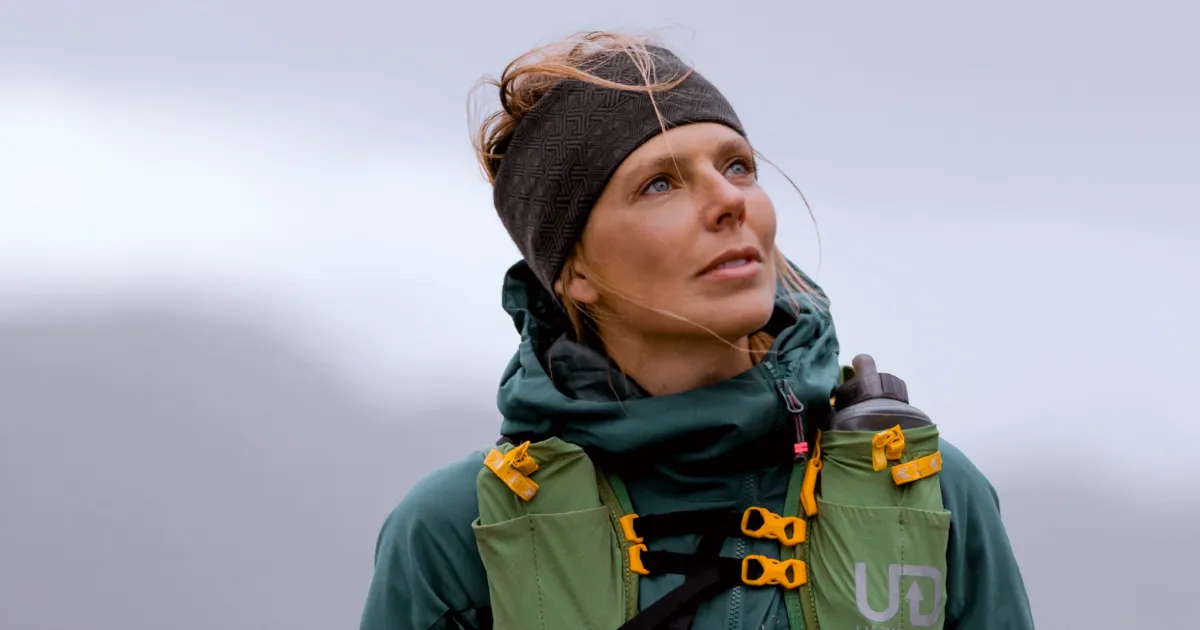Extracted is set to revolutionize the survival competition genre by pushing contestants to their absolute limits—while ensuring their safety behind the scenes.
The highly anticipated series, premiering on Monday, February 10, follows twelve untrained competitors as they navigate extreme conditions in the remote Canadian wilderness.
Unlike traditional survival shows, the contestants’ families are given the power to monitor them via a live feed and decide whether their loved ones should remain in the game or be pulled out for their well-being.
In an exclusive interview, survival consultant and expert adventurer Megan Hine shared an inside look at what goes on behind the cameras.
As the show’s Head of Extraction, Hine detailed her critical role in keeping participants safe while maintaining the integrity of the competition.
The Role of the Head of Extraction
“I drop the survivalists into the terrain and then stand by, monitoring everything,” Hine explained. “I have access to all the cameras, allowing me to observe and anticipate who might need to be extracted. The moment a family member presses the extraction button, we have to act immediately.”
She described the logistical challenges of these extractions: “It can be quite tricky depending on where the survivalist is located within the environment. Navigating extreme conditions and rugged terrain makes each extraction unique.”
The Psychological Challenge of Extraction
Beyond the physical dangers, Extracted presents significant psychological hurdles.
“The survivalists have no idea when they’re going to be extracted. They have no communication with their family members back at headquarters,” Hine revealed. “So when the extraction happens, it’s completely unexpected. The first sign they might get is hearing the helicopter approaching.”
Why Are We So Drawn to Survival Shows?
Survival shows have long fascinated audiences, and Extracted is no exception. Hine reflected on why viewers are so captivated by this genre.
“At a basic level, we enjoy watching other people struggle—it makes us feel better,” she joked. “But beyond that, survival is psychologically compelling. Fear and anxiety are much easier to trigger than joy or happiness. These shows engage us emotionally because we can empathize with the contestants. We imagine ourselves in their position, which makes their journey all the more gripping.”
Keep reading for more exclusive behind-the-scenes insights from Hine.
How Does Production Ensure Contestants Aren’t Pushed Too Far?
Ensuring contestant safety was a constant priority throughout filming.
“The entire concept of Extracted is that we are working with a cast that has very little outdoor and survival experience,” Hine told.
“That means we have a duty of care. With my background in safety, I’ve been doing this kind of work on survival shows for over 20 years. We are constantly monitoring signs and symptoms to make sure participants aren’t in serious danger.”
Hine also praised the advanced technology that allowed for real-time monitoring.
“We were live-streaming everything, so I could check in on anyone at any moment,” she shared. “Each contestant wore a watch that uploaded their biometric data, giving us continuous updates on their physical condition. We were making sure to push them to their limits—but not beyond what was safe.”
Unforeseen Challenges That Arose During Production
Despite meticulous planning, the production team encountered unexpected challenges.
“The technology was a game-changer. Families at headquarters had 24/7 access to camera feeds, so they could check on their loved ones at any time,” Hine explained. “We had robotic cameras stationed throughout the wilderness, some attached to trees, while others roamed the area capturing footage.”
But even the most sophisticated equipment was tested by the environment.

“The technology had to be fine-tuned to withstand extreme weather conditions—cold, wet, heat—because the seasons changed during filming,” she noted. “We started with mild temperatures and eventually faced snowfall. It was a constant adjustment.”
The Dangers of the Wilderness
Hine emphasized the harsh realities the survivalists faced.
“Although families have the power to extract their loved ones, the contestants are still enduring real survival conditions,” she said. “It’s cold, it’s wet, and the wind is relentless. Hypothermia is one of the biggest threats out there.”
She elaborated on the dangers: “When hypothermia sets in, the body starts pulling blood away from the brain and into the core, affecting cognitive function. People begin making irrational decisions without realizing their condition is worsening. That’s why we’re constantly watching for warning signs, ready to intervene if necessary.”
How Far Does Production Go to Protect Contestants?
Even though Extracted presents an intense survival challenge, safety remained a priority.
“The contestants were given as much independence as possible,” Hine said. “However, we always had a psychologist available in the background—just in case. That’s a standard duty of care for shows like this. But ultimately, the cast knew what they signed up for, and they were there to push themselves.”
Hine highlighted how the experience was designed to be transformative.
“This is about resilience and the power of adventure,” she explained. “When I speak with the contestants afterward, they sometimes worry about how they came across on camera.
But I remind them to focus on what they actually achieved. They survived for weeks—living off berries, drinking lake water, sleeping without a sleeping bag. That’s seriously badass.”
She added: “It’s an empowering realization. When you come out of something like this, it changes your perspective. You discover your own strength and resilience, and you learn the value of teamwork.”
Why Was Canada Chosen as the Filming Location?
Although the competitors were all from the U.S., the show was filmed in the Canadian wilderness.
“When scouting locations for survival shows, you need areas that allow key survival activities,” Hine explained. “We need to be able to make fires and, ideally, have the ability to hunt for food.”
She pointed out that the Canadian wilderness offered advantages that U.S. locations could not.
“Filming in national parks in the U.S. can be incredibly restrictive,” she said. “In many places, making fires or hunting wildlife is prohibited. In Canada, we were able to find locations that allowed us to authentically recreate true survival conditions.”
How Much Did the Contestants Know Before Filming?
Given that Extracted features participants with little to no survival experience, how much did they know about the competition before arriving?
“These people came in with very little knowledge, yet many showed a natural ability to improvise,” Hine shared. “The best survivalists aren’t necessarily the strongest—they’re the ones who can draw from past experiences, think creatively, and adapt.”
She advised that contestants—and aspiring survivalists—should prepare by getting firsthand experience in the outdoors.
“If you knew you were going to be cast on a show like this, the best thing you could do is spend time in nature,” she suggested.
Hine also referenced the American military’s “Rule of Threes” for survival:
“You can survive three minutes without air, three hours without shelter, three days without water, and three weeks without food,” she explained.
“This is a broad generalization, but it helps prioritize survival needs. If you’re dropped into the wilderness, what’s your first move? Shelter is crucial. When the sun goes down and the temperature drops, you need to protect yourself. You also have to consider wildlife, weather, and available resources.”
As Extracted prepares to hit screens, audiences will get an intense look at what happens when everyday people are thrust into an unforgiving environment—where only the strongest, smartest, and most adaptable will endure.


